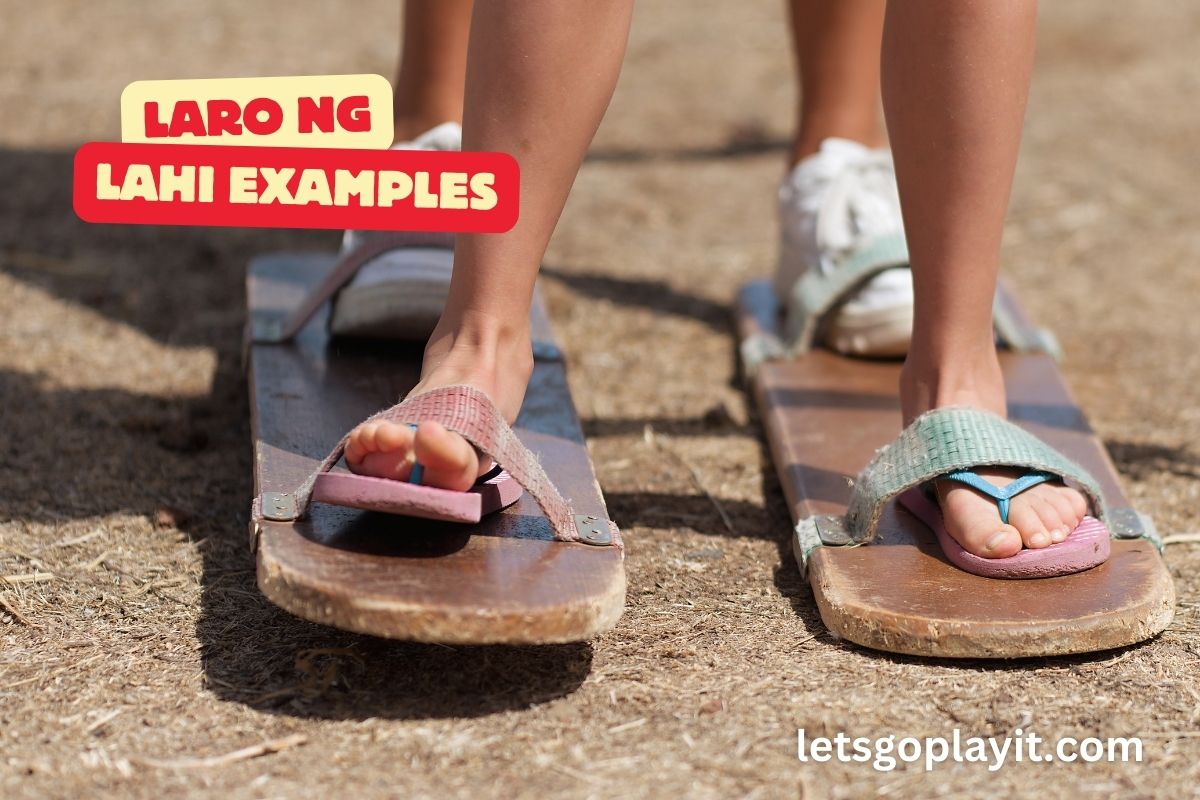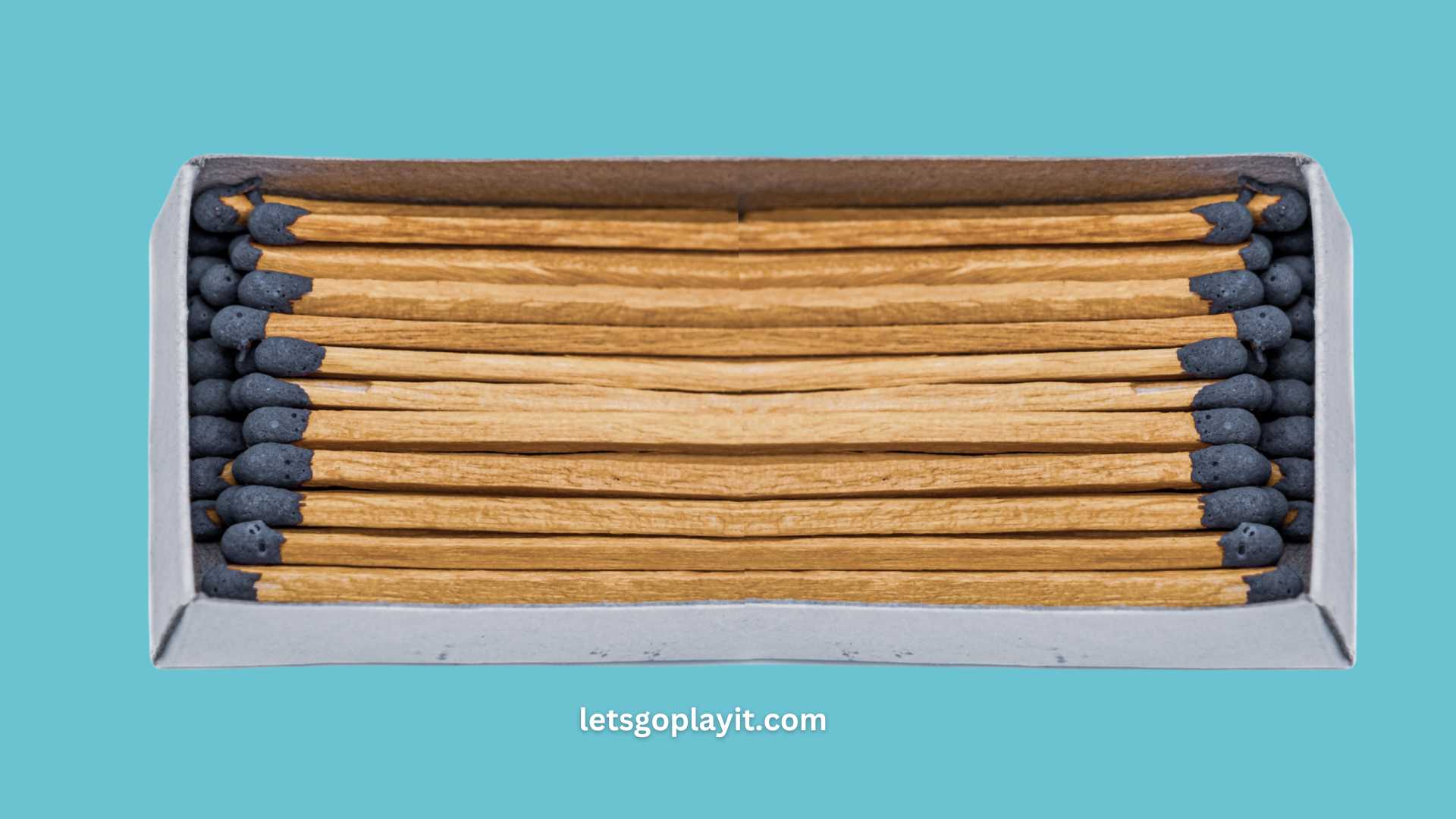Imagine a sun-drenched street in Pampanga during the 1990s, where the air is filled with the sounds of laughter and the rhythmic thumping of feet against the ground. Children, free from the clutches of today’s digital distractions, are immersed in a world of playful camaraderie, their faces alight with joy and excitement.
I’m Louie, a proud product of this vibrant generation, often referred to as “Batang 90’s.” My childhood was adorned with the rich tapestry of traditional Filipino games, or “Laro ng Lahi,” which not only served as a cornerstone of entertainment but also as a vessel of cultural heritage and community bonding.
In this blog post, we’ll embark on a nostalgic journey through various traditional Filipino games. I’ll share personal stories and detailed reviews of these games, exploring their cultural significance and pondering over their relevance in today’s rapidly evolving world.
Definition and Origin
“Laro ng Lahi” refers to the traditional Filipino games that have been passed down through generations. These games are more than mere pastimes; they are the threads that weave the fabric of our cultural identity, teaching us values, skills, and the essence of community spirit.
From the strategic challenges of “Patintero” to the exhilarating leaps in “Luksong Baka,” each game holds a unique place in the Filipino heart. Let’s delve into these games, each a story of its own.
Laro Ng Lahi Examples – Personal Stories and Reviews
Tumbang Preso: A Game of Strategy and Agility
Personal Story
I vividly remember the afternoons spent playing “Tumbang Preso.” The thrill of knocking down a can with a well-aimed slipper, and the rush to retrieve it before being tagged – these moments were the highlights of my childhood.
Review
Tumbang Preso is not just a game; it’s a test of strategy, accuracy, and agility. It teaches the importance of timing and the thrill of risk-taking. I recommend this game for its simplicity and the excitement it brings to any gathering.
Patintero: The Classic Game of Speed and Wit
Personal Story
“Patintero” was the ultimate test of speed and strategy. We would draw lines in the dirt, forming our battlefield, each player a crucial part of the team’s defense or offense. I remember being the fastest in my team 🙂
Review
This game is a fantastic way to develop teamwork and strategic thinking. It’s a dance of dodging and guarding, perfect for those who enjoy a blend of physical and mental challenges.
Luksong Baka: The Leap of Joy and Challenge
Personal Story
“Luksong Baka” brings back memories of challenging friends to see who could leap the highest. The game’s escalating difficulty as the ‘baka’ stood taller made each round more exciting and competitive.
Luksong Baka is a test of athleticism and courage. It’s perfect for developing physical strength and coordination. The game’s simplicity and the thrill of surpassing one’s limits make it a favorite at gatherings.
Sipa: The Art of Precision and Grace
Personal Story
Playing “Sipa” in the schoolyard was a daily ritual. We’d challenge each other to keep the shuttlecock aloft, each kick a display of skill and finesse.
Sipa is more than a game; it’s a dance of agility and precision. It enhances coordination and balance, making it an excellent activity for physical development. Its blend of skill and artistry is captivating.
Agawan Base: The Ultimate Team Challenge
Personal Story
“Agawan Base” was the epitome of team strategy and excitement. We’d plan our moves, strategize our attacks, and defend our base with all our might.
This game is a fantastic way to foster teamwork and strategic planning. It’s a dynamic and fast-paced game that requires quick thinking and effective communication, ideal for building team spirit.
Piko: A Hop, Skip, and Jump into Fun
Personal Story
“Piko” was our version of hopscotch, but with a unique Filipino twist. We’d spend hours hopping through the chalk-drawn grids, each jump a careful calculation.
Piko is a delightful blend of physical activity and mental agility. It’s great for developing motor skills and spatial awareness. The game’s simplicity and adaptability make it a timeless favorite.
Langit-Lupa: A Game of Speed and Strategy
Personal Story
“Langit-Lupa” was a thrilling game of chase, where we’d dash and dart, trying to evade being tagged. The rush of being ‘it’ and the strategy involved in tagging others were exhilarating.
Langit-Lupa is an excellent game for developing speed, agility, and strategic thinking. It’s a fun way to encourage physical activity and quick decision-making, making it a hit among energetic players.
Taguan: Hide and Seek with a Filipino Twist
Personal Story
“Taguan” was our favorite game as the sun set. The thrill of finding the best hiding spot and the suspense of not being found made every round an adventure.
Taguan is not just a game of hide and seek; it’s a test of creativity and patience. It encourages imaginative thinking and heightens the senses. The game’s simplicity and thrill make it a beloved pastime.
Each of these games holds a special place in my heart, reminding me of the joy and camaraderie of my childhood. They are not just games; they are a celebration of our culture and a testament to the creativity and spirit of the Filipino people
Cultural Significance and Community Bonding
Cultural Heritage
These games are a mirror reflecting our rich Filipino heritage. They carry stories of our ancestors, their lifestyles, and their values. In playing them, we keep alive the tales of our forebears.
Community Aspect
In the 90s, these games were more than just play; they were a means of building friendships and strengthening community ties. Each game was an unspoken pact of trust and camaraderie among us kids.
Adapting Laro ng Lahi for the Modern Era
Modern Relevance
In an age dominated by screens, it’s crucial to find ways to keep these traditional games relevant. They offer a much-needed respite from the digital world, encouraging physical activity and real-world social interactions.
Incorporating Technology
While we cherish the traditional ways, integrating technology can bring a fresh perspective to these games. Imagine an app that teaches “Laro ng Lahi” games, connecting players from different regions and backgrounds.
Encouraging Younger Generations
We can inspire the youth by organizing “Laro ng Lahi” tournaments in schools or local communities. By showcasing these games in a competitive and fun environment, we can ignite interest in our rich cultural pastime.
Blending Tradition with Modernity
Creative adaptations, like using modern themes or incorporating educational elements into these games, can make them more appealing to today’s children, bridging the gap between tradition and modernity.
The Educational and Developmental Benefits
Skill Development
“Laro ng Lahi” games are not just about fun; they are a playground for learning. They enhance physical coordination, improve reflexes, and develop strategic thinking. Each game is a lesson in physical education and problem-solving.
Teaching Values
These games are a treasure trove of life lessons. They teach resilience, honesty, teamwork, and respect for rules. In the world of “Laro ng Lahi,” every player learns the importance of fair play and integrity.
Keeping the Spirit Alive – Encouraging Participation
Community Events
Organizing community events centered around “Laro ng Lahi” can rekindle interest in these games. Festivals, local barangay fiestas, or even small neighborhood gatherings can serve as perfect platforms for their revival.
Family Bonding
Encouraging families to play these games together can strengthen bonds. Parents sharing their childhood memories while playing “Laro ng Lahi” with their children can create new, cherished family traditions.
Final Words
Reflective Summary
As we journey through the world of “Laro ng Lahi,” we rediscover the joys of our heritage. These games are not just relics of the past; they are living, breathing aspects of our culture that deserve to be celebrated and preserved.
I urge you, my readers, to take a step back from the digital world and dive into the rich world of traditional Filipino games. Share these games with your children, organize community play sessions, and keep the spirit of “Laro ng Lahi” alive in your hearts and homes.





One thought on “Laro Ng Lahi Examples: Filipino Games That Holds A Special Place In My Heart”